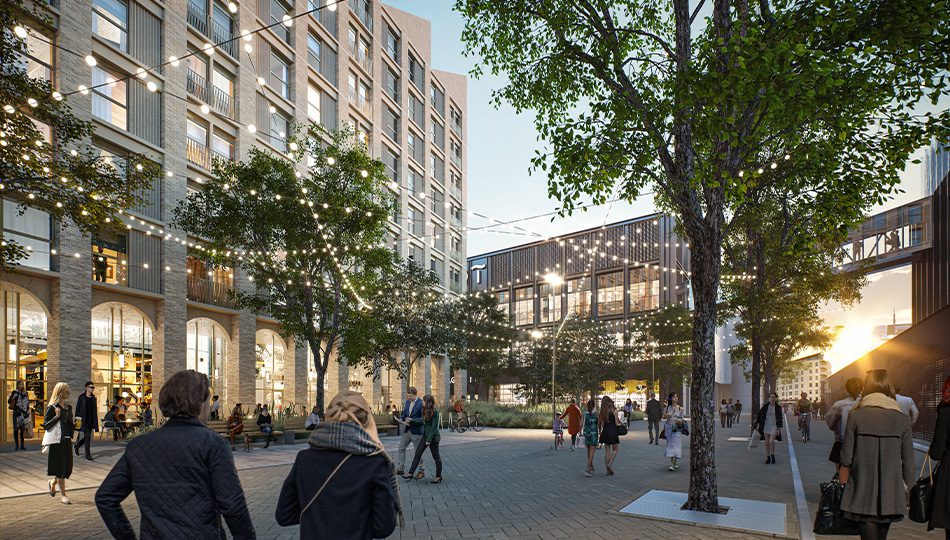World Architecture Day 2023
- Written by
- David Ross
- Listed in
- Posted on
- 2nd Oct 2023

What will the built environments of the future be like? It’s an intriguing question and one which – of all the professionals involved in the creation of our towns and cities – architects are best placed to respond to. There are straightforward explanations for the architect’s interest in the future. As students we were encouraged to understand how things have been and to analyse how they are now, to explore how they might be. This is the essence of design process, but it also recognises that architecture is a relatively slow-moving art which must be in tune with socio-economic developments and cultural nuances for its perpetual redrafting of our desired environment.
The clues to assist the search for a future lifestyle are evident in the changing climatic conditions worldwide. On a more localised level, they can also be found in the developing context of how our lives are changing in response to unpredictable circumstances. In the way we learn, in the way we work, in the way we shop, in the various ways in which we relax, and in the ways in which we are treated if we are ill, our relationship with our localised community has recently become complex and multi-layered. Perhaps it was always thus but we just didn’t have cause to analyse it so closely.
The shock of the pandemic and the impact it has had on all we took for granted has left many of us looking at our immediate context differently. A period of forced restrictions on movement has led us to re-examine the attractions of an environment in which everything we need for a fulfilling lifestyle is close at hand. Our willingness to adapt to a new situation is more than just merely seeking to make sense of the reasons why we had to. Or to stoically make the best of a bad situation. It’s a recognition – however reluctantly acknowledged – that much of what we did pre-2020 wasn’t necessarily by design. The way we communicate, travel, consume and socialise has been moulded by those prohibitive boundaries few would’ve chosen beforehand. Yet our resilience has forced us to rediscover locality, with many of us now advocating a better, and more balanced quality of life.
The architectural concepts of the future are already responding to this shift in emphasis. Environmentally responsible models of ‘live, work, and play’ communities are on the rise. Trailblazing developers are embracing the drive towards the types of adaptable repurposed mixed-use communities promoting different types of living supported by the technological benefits of a ‘work from anywhere’ philosophy, rather than our lives being boxed into chunks of traditionally pre-determined time. The way we receive information and communicate with each other are obvious examples of the rapid pace of change. The socially inclusive rules of our society have also become attitudes and values by which organisations are now measured.
Architects are trained to think that everything can be solved by good design, and to a certain extent, a designer’s eye for urban planning cohesion, consistency, control, and connected spaces has contributed to the greatest of our cities. But urban design is often responsive, rather than prescient. As well as unforeseen phenomena, design perpetually redrafts responses to processes it can’t control. Given this, a drive towards the smaller, more human scale of community resilience is one which Keppie welcomes. Where our predecessors developed communities that were either self-contained in their Victorian era or dispersed in response to the perceived freedom of the car, we are of the generation that wants it all: the benefits of a vibrant, connected, urban environment full of meaningful and characterful space but without losing the accessibility that allows it to flourish.